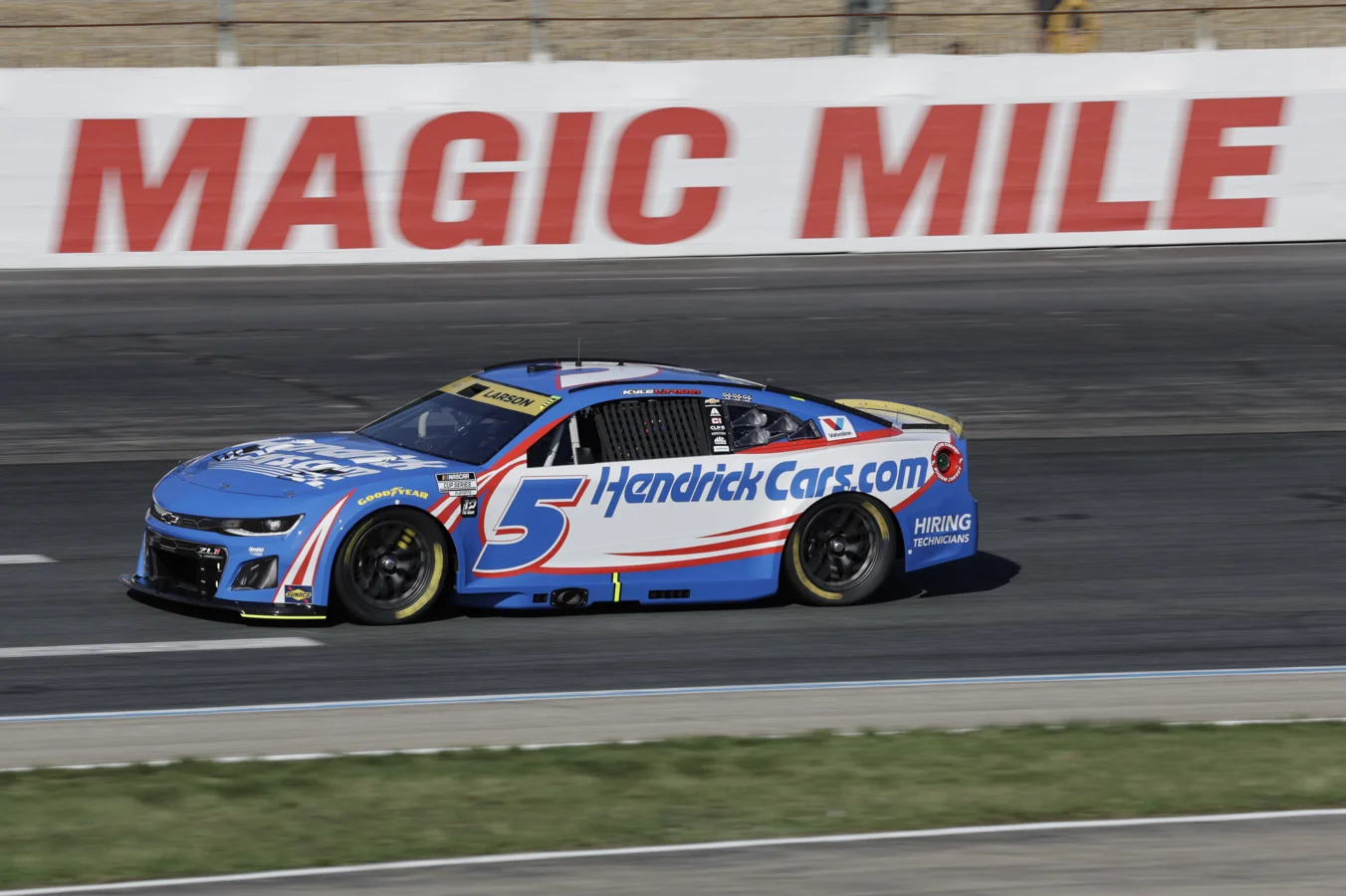With the playoffs intensifying, Hendrick Motorsports playoff pressure has grown after Kansas Speedway, where William Byron’s ninth-place finish left vice chairman Jeff Gordon concerned. Despite sitting sixth in the standings and carrying a 40-point buffer, Byron’s performance failed to reassure the team, especially after a stronger showing for the No. 24 at New Hampshire earlier in the month.
Byron began the race from twelfth position and managed to secure a top ten, but slow pace created anxiety in the Hendrick Motorsports camp. Meanwhile, Chase Elliott delivered a remarkable performance on the other side of the garage, seizing victory in a dramatic two-lap overtime shootout. Elliott surged from tenth to first, narrowly beating Denny Hamlin by 0.069 seconds to clinch his second win of 2025.
Strong Individual Performances Contrasted by Team Uncertainty
Chase Elliott’s success meant that three Hendrick drivers now reside in the playoff top ten, a collective accomplishment that should have lifted some pressure. Yet, the persistent doubts surrounding Byron’s recent struggles added to an atmosphere of uncertainty. Jeff Gordon addressed these mixed emotions publicly, emphasizing where the team still needs to improve.
“The 24 was the one that was kind of the eye opener today. They were pretty far off. They come out of here with a top 10 because they didn’t give up either.”
— Jeff Gordon, Vice Chairman
The unpredictability of the Next Gen car continues to challenge even elite teams. According to Gordon, extremely small differences—sometimes measured in thousandths of an inch—can make the difference between qualifying near the front or mid-pack.

“That one’s got our heads, scratching our heads, and we’ll go back and diagnose kind of what they went through and why they were in that position. Just glad they pulled a good finish together there to get the points they needed.”
— Jeff Gordon, Vice Chairman
Managing Unpredictability and Team Dynamics on the Playoff Stage
Byron’s day was marked by attempts to unlock speed through adjustments, as highlighted by Gordon’s observation:
“The 24 is a good example of that. They tried a couple things, and all of a sudden they look like the car just came to life all of a sudden out of nowhere.”
— Jeff Gordon, Vice Chairman
The pressure to perform in the playoffs is unrelenting, especially with ford/”>Ford teams, notably those fielded by Penske, showing power at certain tracks, while toyota/”>Toyota remains consistently strong in longer runs. Hendrick’s drivers have faced these challenges by working closely together, leveraging data and experience from each car in the stable to extract every possible advantage.
Despite the tension, Gordon commended the determination his drivers showed in Kansas, particularly their commitment to sharing feedback and working collectively to improve. This sense of unity and support has allowed the team to maintain competitiveness amid fluctuations in performance caused by the tight margins inherent in the Next Gen era.
What the Road Ahead Means for Hendrick’s Playoff Campaign
As the championship fight continues, Hendrick Motorsports playoff pressure is expected to remain high, especially as the competition from rivals such as Ford’s Penske operation and Toyota intensifies. The team’s ability to adapt rapidly and draw on shared knowledge will be crucial for translating strong individual results, like Elliott’s recent win, into a sustained playoff run. Moving forward, relentless preparation and intra-team collaboration will shape their push for a championship amidst one of the most volatile and competitive seasons in recent memory.
